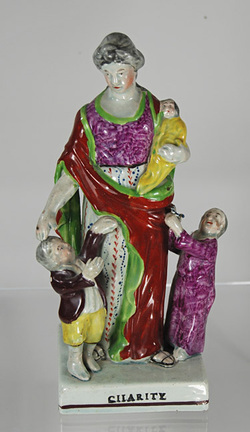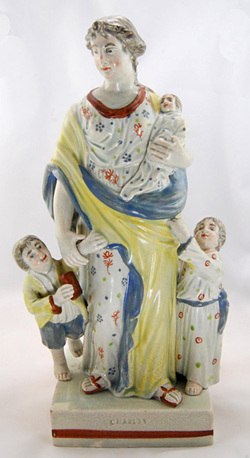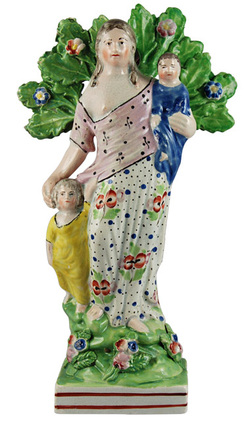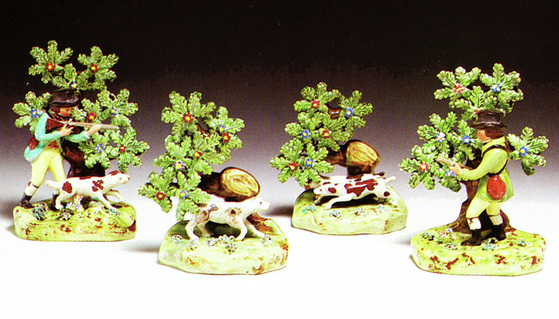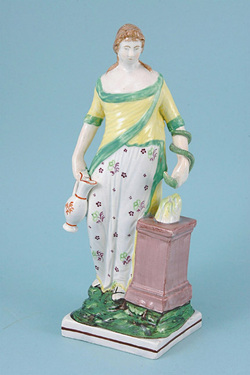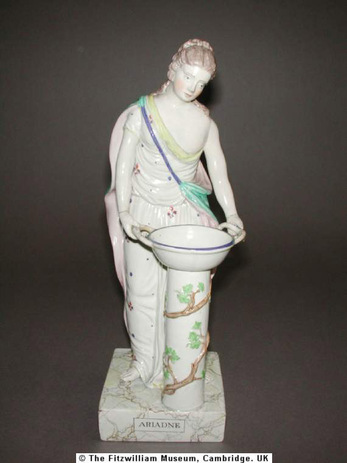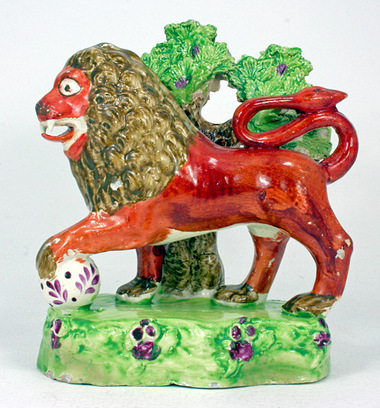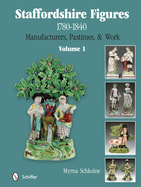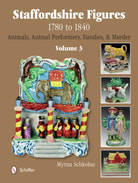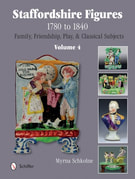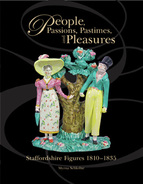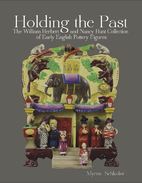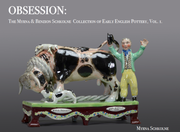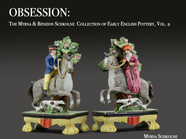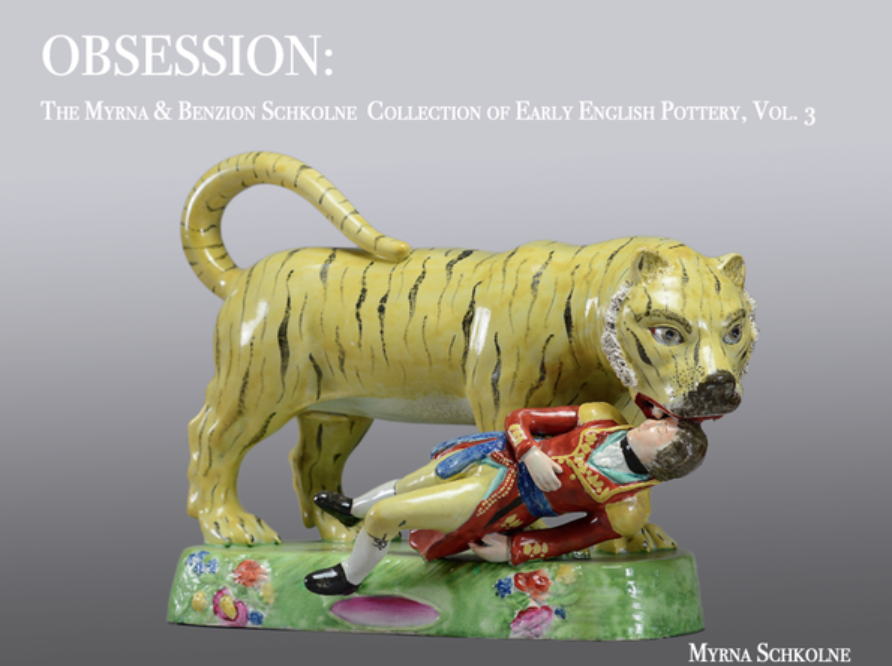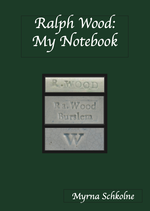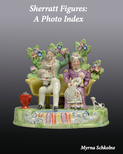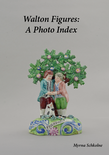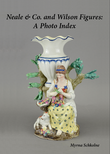Figures of Faith, Hope, and Charity must have been particularly popular by the early 1800s, because lots of versions were made. You can find them in sets of three--usually assembled by an observant collector--or as singles. I confess to a fondness for the figure of Charity, so I pick up nice examples and nestle them on a table, complete with a period hand-colored engraving of Charity. My attraction to this figure has nothing to do with my belief in theological virtues. Rather, I am Jewish and charity is at the core of Judaism. I will confess to not being particularly observant--which gives me the perfect excuse for owning neither Faith nor Hope. But I can always find room for a lovely Charity.
Some examples of Charity are formed quite differently. Here she only has two children.
I like the Charity below. She is more the kind of mother I was....nothing serene here. I have only seen one example of this figure and I wish I owned her.
One more point about my figures of Charity: this little collecting theme has allowed me to indulge in several figures of the finest quality at reasonable prices. Because the figures are quite common, I can hold out until I find a perfect example. And a single figure of this sort is never expensive. So there is no huge agonizing over the purchase. A theme like this really keeps collecting fun. And there is room on my table for plenty more.:)
